DISCOVER KENYA
Birding in Kenya
Birding in Kenya: Kenya is primarily recognized as a safari location for observing large creatures, and many people travel there for that reason. Birding, on the other hand, is breathtaking. Over 1100 bird species have been documented in Kenya, and a 3-week trip may see over 600 species while a 4-week tour can see over 800 species. The diversity of environments in Kenya ensures particular bird lists, making it an intriguing region of the world for a birder’s stop.
It contains one of Africa’s richest avifauna, with up to 1,132 bird species documented. Taita Thrush Turdus helleri, Tana River Cisticola, Aberdare Cisticola, Taita White-eye Zosterops Silvanus, South Pare White-eye, Taita White-eye, Taita White-eye, Pied-Babbler. National endemics include Williams’ Lark Mirafra williamsi, Sharpe’s Pipit, and Clarke’s Weaver.
About Birding in Kenya

Kenya contains over 170 Palearctic migrants, primarily from Eastern Europe, Russia, the Middle East, and Siberia (11 of which also have a local breeding population). Another 60 travel within the Afrotropic or from Madagascar regularly. 335 of Kenya’s bird species are found in forests; 230 are forest-dependent, and 110 are ‘forest specialists’, needing pristine, undisturbed habitats. Kenya is home to forty species of worldwide conservation concern, four of which are Critically Endangered, two endangered, and sixteen vulnerable. Tana River Cisticola is one of the Data Deficient species. Sharpe’s Pipit is classed as Near Threatened, yet Aberdare Cisticola is not.
Kenya’s complex terrain is the reason for such species variety, and appreciating the birding prospects requires a fundamental awareness of its geography. Kenya is split into five primary geographical regions: the Highlands, Rift Valley, Western Plateau, Coastal Region, and Northern Plains.
The Kenya Highlands are divided into two sections on each side of the Rift Valley. This area receives more rainfall and colder temperatures than the rest of the country, and it is home to many of the main population centers. Nairobi, like Mt. Kenya, is located on the eastern side of the Rift Valley. The Mau Forest, Kenya’s biggest, may be found on the highlands on the western side of the Rift Valley. The highlands are particularly vulnerable to agricultural and human activities, which endanger forests and a variety of bird species. Nairobi National Park, Mount Kenya, and the Aberdares Mountains, which contain the Gatamaiyo Forest Reserve, are among the birding destinations in the eastern highlands. The Molo Grasslands, the Mau Narok area to the south, and the Kongelai Escarpment to the northwest of Kitale are all good places to go birding on the western side.
The Kenyan and Tanzanian Rift Valleys form the eastern portion of the broader African Rift Valley. The valley stretches southward from northern Kenya’s Lake Turkana into northern Tanzania. Numerous freshwater and alkaline lakes may be found here. Flamingos go to alkaline lakes in great numbers, particularly at Lake Nakuru, but also at other soda lakes. Lake Naivasha and Lake Baringo, which are somewhat alkaline, are the primary freshwater lakes. These attract aquatic birds that are not present in the soda lakes. The surrounding ecosystem is mostly bushland and shrub. The Serengeti Plains of Tanzania, as well as its northern extension into Kenya, are also located in the Rift Valley. These grasslands are home to enormous herds of migrating Wildebeest, zebras, giraffes, numerous antelope species, and big cats including lions, leopards, cheetahs, hyenas, and other creatures. Many bird species live there as well. The savanna comprises grassland as well as a shrub, open forest, scrub, rocky slopes, ridges, and valleys, resulting in a wide range of bird species. For example, nearly 500 species have been identified inside the Masai Mara National Reserve.
The Western Plateau is an area located between the eastern and western branches of the African Rift. There are multiple faults and escarpments in this region, with valleys in between. The last remnant rainforest in Kenya may be found there, particularly near Kakamega. The Kakamega Forest is home to 80 bird species that are found nowhere else in Kenya. An altitudinal gradient from the Kongelai Escarpment to the Western Plateau increases the number of bird species. Papyrus swamps and other shoreline flora around Lake Victoria have their collection of specialist birds, while the lake itself draws a variety of aquatic species. The Busia Grassland on Lake Victoria’s northeast side is home to numerous isolated bird species and is under threat from extensive agricultural activities.
The Somali-Masai biome contains 94 of Kenya’s 129 species, the East African Coast has 29 out of 38 species, the huge Afrotropical biome has 70 out of 226 species, and the minor Lake Victoria Basin has 9 out of 12 species. The easternmost outliers of the Guinea-Congo Forests biome also occur in Kenya- 43 out of 277 species, along with a small portion of Sudan–Guinea Savanna biome-13 out of 55 species.
Many Kenyan places are critical for congregating birds. The coast, with its creeks, reefs, and beaches, serves as a key flyway for migrating waterfowl from the Palearctic, as does the network of lakes that runs from Turkana in the north to Magadi in the south. The rift’s alkaline lakes also serve as feeding grounds for large numbers of Lesser Flamingos (Phoenicopterus minor). Several tiny coral islands off the coast provide critical nesting habitat for the Roseate Tern Sterna dougallii and other seabirds.
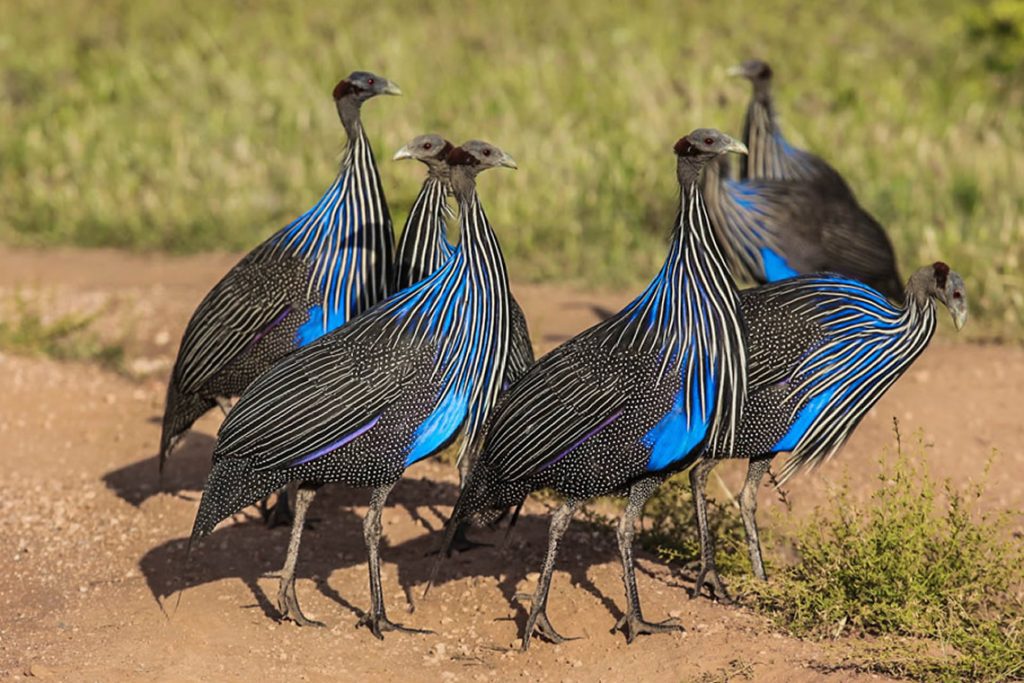
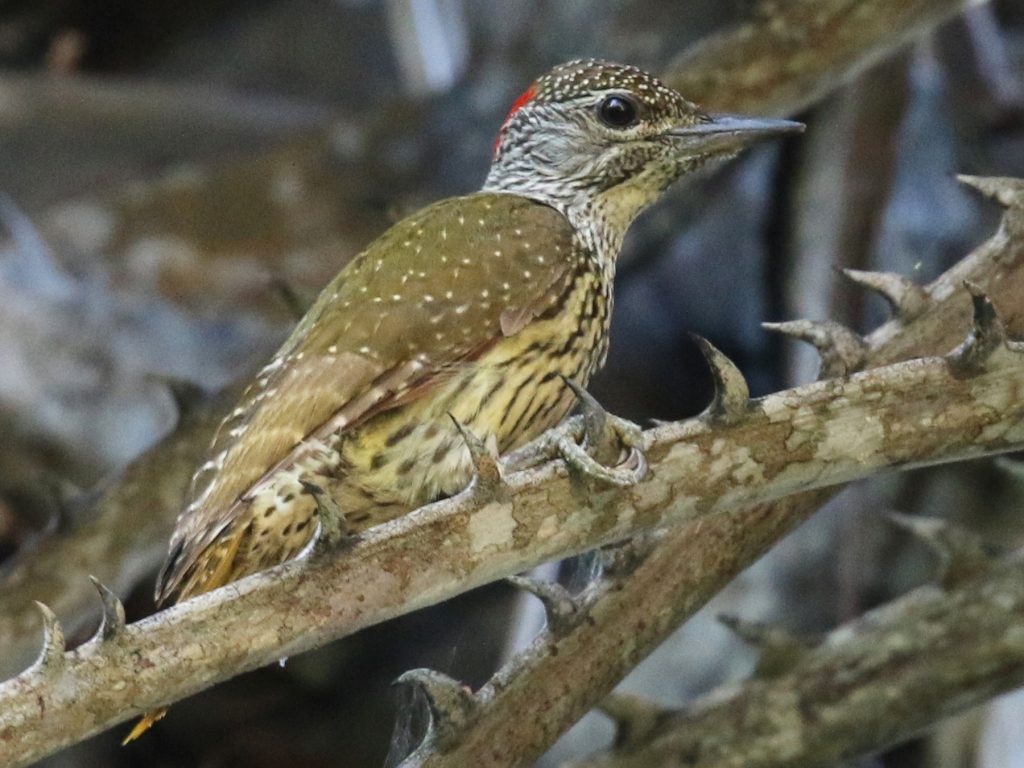
Birding in Kenya’s Coastal Region.
The Coastal Region encompasses Kenya’s whole eastern side. This low-lying area is hot and featureless. It is distinguished by several river floodplains and low plateaus that progressively grow in height. This region contains the Amboseli and Tsavo National Parks, which are located near the Tanzanian border. Shimba Hills National Park, located south of Mombasa, is known for its Sable and Roan Antelope, as well as some range-restricted bird species not seen elsewhere in Kenya. The southern shore is rugged and dotted with coral reefs. As one travels north toward Somalia, the coastline region becomes dryer.
Birding in Kenya’s Northern Plains.
The Northern Plains area, which runs from Uganda to Somalia, is dry. Lake Turkana, the semi-desert savanna west of Lake Turkana, and the Chalbi Desert to the east are all part of it. The area is sparsely inhabited. The border region is currently tense owing to border raids by Somalis and military activities by the Kenyan army against Somali bandits. This turmoil poses little danger to tourists further south. Samburu Reserve is located in the region’s southernmost reaches, fairly far from the Somali border. The Samburu people live in this reserve, which has semi-arid savanna and bush birds as well as some noteworthy animals such as Beisa Oryx, Reticulated Giraffe, and Grevy’s Zebra.
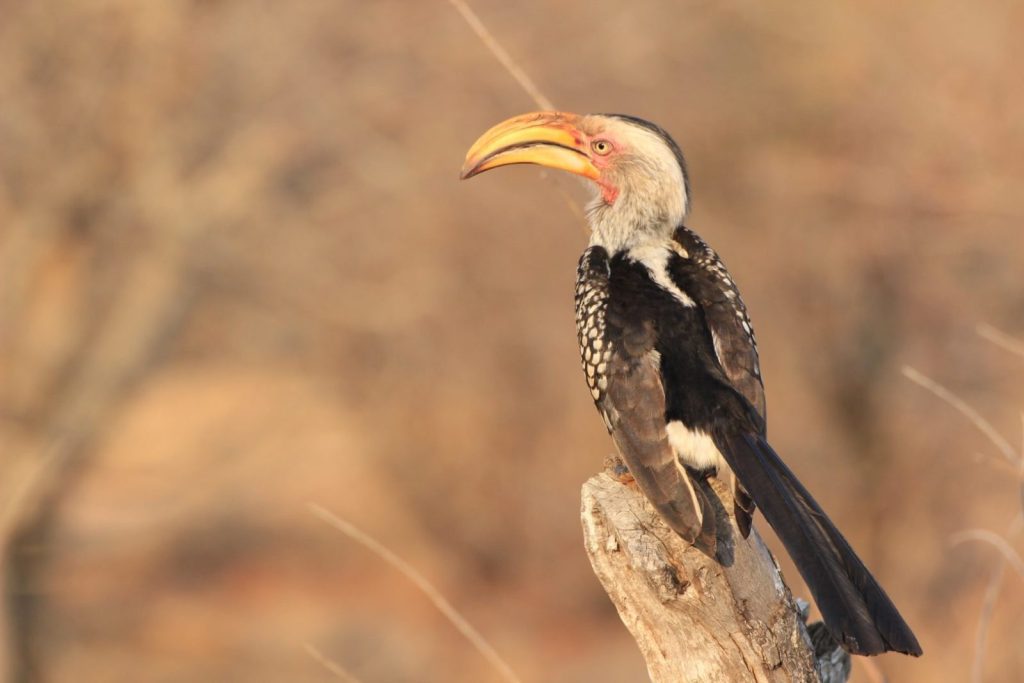
Other Birding Destinations in Kenya.
Kenya contains smaller portions of three other Endemic Bird Areas: the Tanzania- Malawi Mountains, which contain three of the 37 species found in the Taita Hills, the Serengeti plains, which contain three of the six species found in the Serengeti, and the Jubba and Shabeelle valleys, which contain one of the five species found in Kenya.
The Taita Hills are geologically the northernmost members of Tanzania’s and Malawi’s Eastern Arc Mountains, yet they share no restricted-range bird species with the remainder of the Endemic Bird Areas. Secondary habitats include the Kakamega and Nandi woodlands, which are home to the Chapin Flycatcher, the North Kenyan short-grass plains, which are home to the Williams’ Lark Mirafra williamsi, and Mount Kulal, which is home to the South Pare White-eye.
About Birding Photography in Kenya
The majority of visitors to Kenya go on safari to photograph large game animals. Mammals flourish on the broad savannas of all the game parks, particularly the Masai Mara during the wildebeest migration in July and August. Furthermore, there are abundant possibilities to picture birds. The most noticeable are open-savanna species like the Common Ostrich, bustards, and Secretary birds, as well as the incredible populations of flamingos on soda lakes like Lake Nakuru. Less evident are the rare opportunities to picture Bateleur, African Fish-Eagle, and other open-country raptors.
During mating season, the flamboyant displays of whydahs and widowbirds provide stunning photo possibilities. Many open country bird species, such as fiscals and weavers, are easily photographed. It is also feasible to shoot birds in the Kakamega Forest and other wooded settings with patience. It’s pretty astonishing how many possibilities to capture birds as well as mammals appear when on a Kenya Wildlife safari.
When is the best time to visit Kenya?
July and early August are the best months to witness the incredible wildebeest migration, particularly the spectacle of migrating herds crossing the Mara River. Even yet, there are no guarantees of seeing a river crossing because they don’t happen every day and it might take hours to view one. Unfortunately, July and August are dry months with limited bird activity and the bulk of species out of breeding plumage. Some years, depending on the rainfall, the wildebeest herds continue in Kenya until September or October, and it is possible to observe a crossing as they go south to the Serengeti during those months.
The migration’s timing fluctuates from year to year and has been increasingly irregular in recent years. Some years, depending on the rainfall, the wildebeest herds continue in Kenya until September or October, and it is possible to observe a crossing as they go south to the Serengeti during those months. Every year, migration changes and it has been more unexpected in recent years.
When is the best time to go birding in Kenya?
Between October and April, more than 120 migrant species have arrived from the Northern Hemisphere, mostly from the Palearctic but with some African migrants such as Forbes-Watson’s Swift; there is also a chance of seeing a passage migrant such as the Sooty Falcon between March and April and October and December. big flocks of ducks congregate in Mida Creek and Sabaki Estuary during this season, while the Rift Valley lakes and Amboseli draw a big number of northern waterfowls.
From April to October, the Northern Migrants are replaced by birds from the southern hemisphere and Madagascar, but they are far fewer in number, numbering no more than 10 or 12 species. It is, however, the time of year when many birds are in breeding plumage after the lengthy rains, making species like the different weavers easier to spot as well as much more colorful. This is also the finest time of year to watch games. Massive herds of wildebeest and zebra visit the Maasai Mara in July and August, providing magnificent game viewing. Because of the high number of animals that die during the migration, vulture sightings become significantly simpler. The Mara River attracts mixed groups of vultures and Marabou Storks that prey on animals that fail to cross the river. There is typically a slew of Crocodiles as well!
Another consideration is the weather; Kenya has two seasons: rainy and dry. Aside from the obvious downsides of peering through binoculars in a tropical storm, the wet season may render many roads and paths impassable, especially if you don’t have 4WD. This can render certain parks, or portions of parks, completely inaccessible. The long rains typically occur between March and June, with the maximum quantities of rainfall occurring in April and May. The brief rains begin in late October and last through December. It does, however, vary across the nation, with Northern Kenya is often grateful for any rain.
What you should know when planning a Birding Safari to Kenya?
Time
Most days, we’ll need to get up early, around 6 a.m., and remain out late, around 5 p.m., to take advantage of the best times of day and to see the greatest birds and animals Kenya has to offer. You will use the middle of the day to relax or move between locations if feasible. There will also be a couple of days on the field that are quite busy. There will only be a few optional after dark expeditions to look for owls and nightjars; these are usually done right before supper and rarely occur more than an hour (often between 6-7 pm).
Kenya is a relatively small nation, but the road system is solid, and getting between key attractions is not difficult – there will be 4-6 hour drives on four days of the main trip. On many days, there will be packed lunches; nevertheless, sitting with a packed lunch for a siesta beneath a tree is frequently a lot more peaceful way to do things than driving back to camp for lunch, just to set out again in two hours.
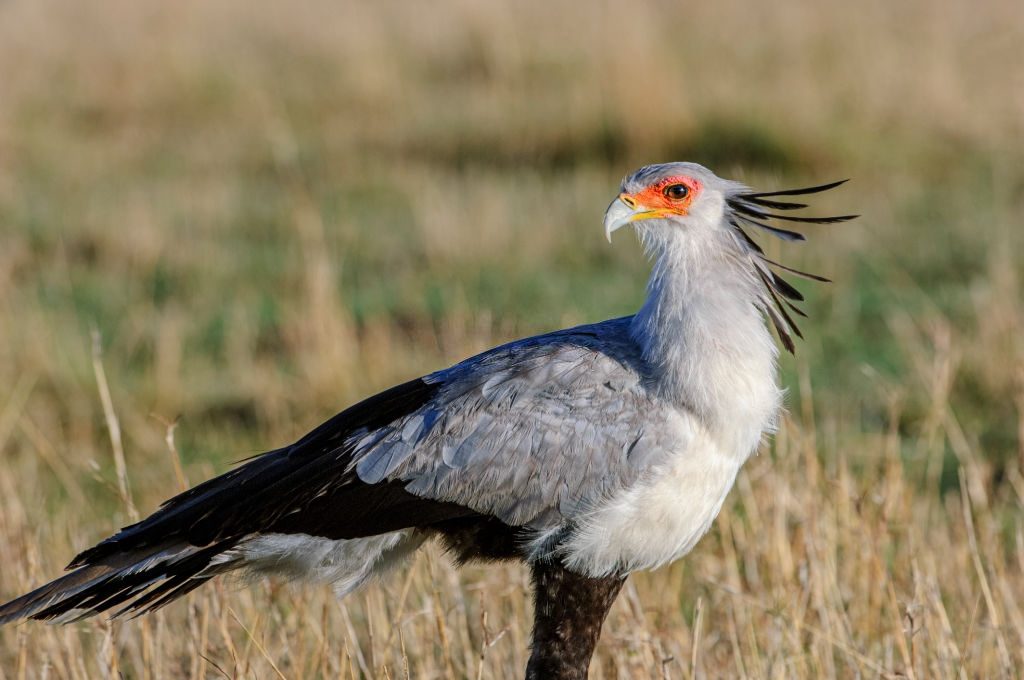
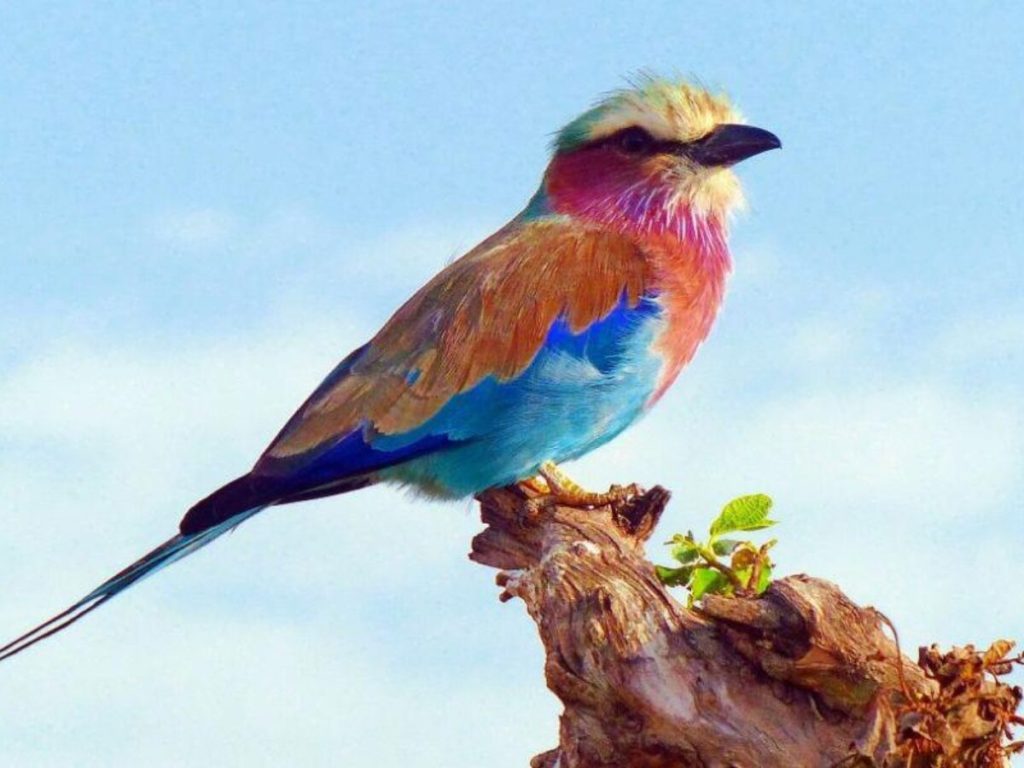
Weather
It is rather varied, and you must be prepared for all seasons. The higher altitude savanna and woodland regions, such as Nairobi National Park, Mt Kenya, and the Aberdares, are chilly (typically 50°-70°F, 10°-20°C), with rain expected at some point. It is somewhat hotter and dryer in the rift valley at Naivasha, Nakuru, and Baringo (typically 53°-81°F, 11°-27°C), and hot and humid on the Kenyan coast on the extension (usually 72°-102°F, 22°-38°C).
Accommodation
Very good to excellent (including some of the most luxurious accommodations available on a birding tour!), all with private, en-suite bathrooms and continuous hot water. Electricity is accessible around the clock. The internet is quite pervasive, but not everywhere.
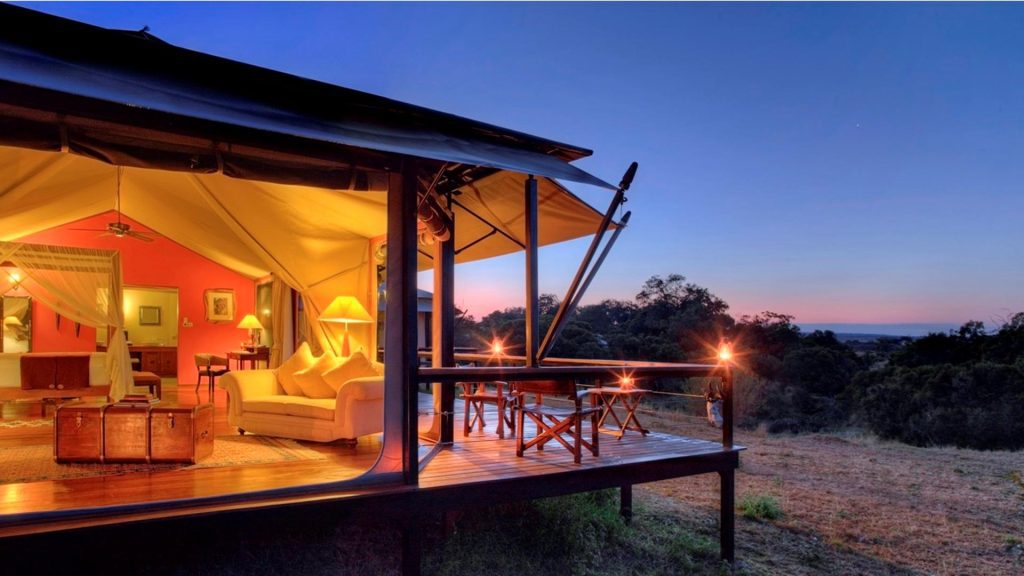
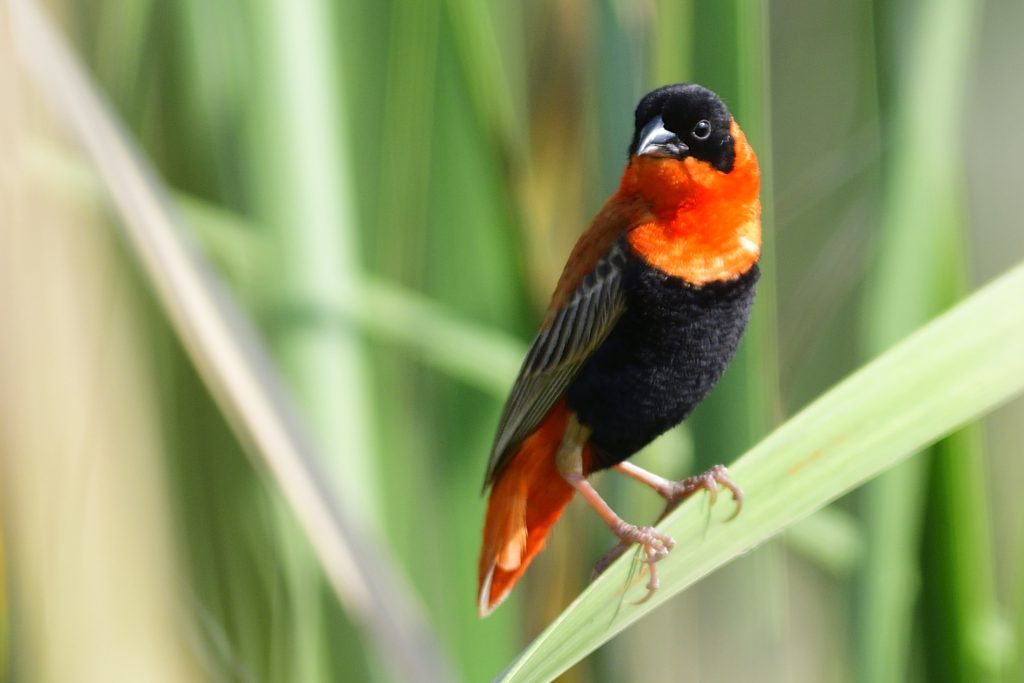
Travel Requirements
A valid passport is necessary, with a validity period of at least six months beyond your anticipated stay. Most nationalities require tourist visas, although beginning September 2015, most nationalities, including citizens of the United States, Canada, the United Kingdom, Australia, New Zealand, Japan, India, and China, as well as most European countries, can receive an online e-Visa (must be obtained at least 10 days before arrival). Travel regulations are subject to change; double-check six weeks before your trip, or contact our office if you are unclear.
Is Birding in Kenya Difficult?
Easy. Almost the majority of the birding is done from fairly level highways and other easily accessible locations, and you spend a lot of time in your safari vehicle. Except for Mt. Kenya, Kakamega, and Sokoke, we may anticipate walking around 2 miles (3 km) every day on our itinerary. The trail walking at these locations is quite simple, with only a few brief, uphill stretches.
In summary, Kenya encapsulates Africa, from the soda-encrusted, flamingo-filled Rift Valley lakes to alpine Mt. Kenya and the western lowland woods at Kakamega. Kenya is a perennial favorite in Africa because of its bird-rich savannas, Tsavo’s semi-deserts, Sokoke’s coastal forests, and, of course, the parks that make it the world’s best large mammal-watching destination. This is hardly unexpected given that you will most likely witness more bird and animal species than on any previous African trip. Apart from the expansion, most of this journey is over 3000 feet in height, which makes the environment unexpectedly comfortable, far from the blazing heat that some travelers may expect from tropical Africa.






